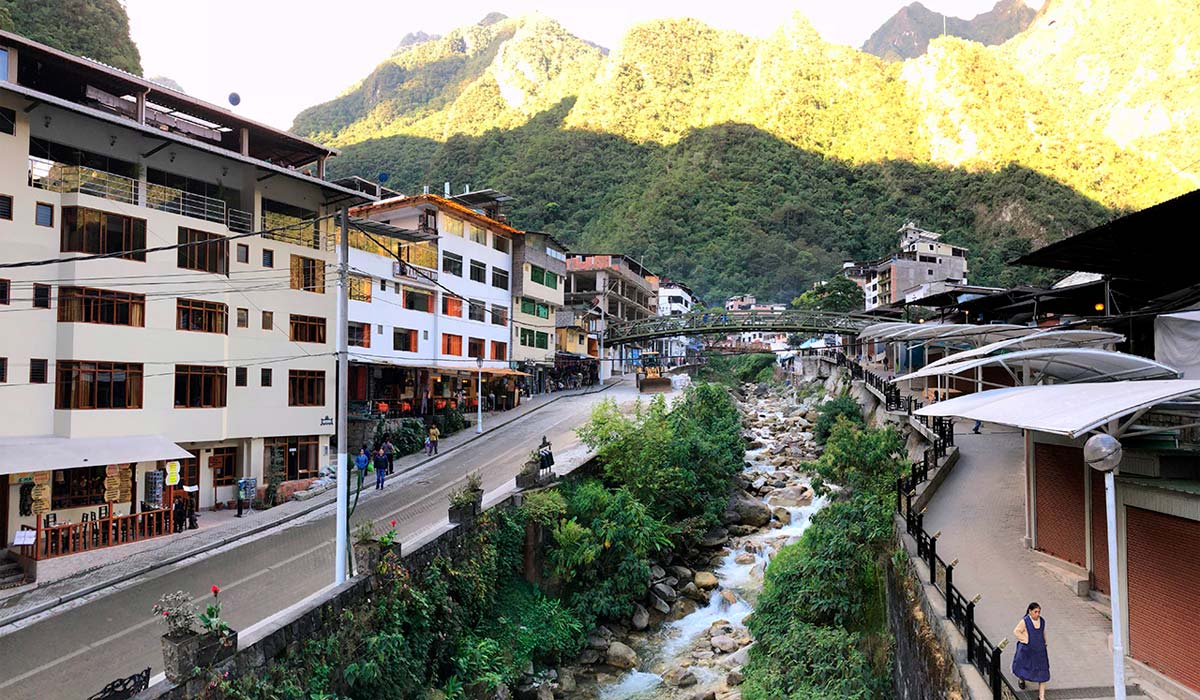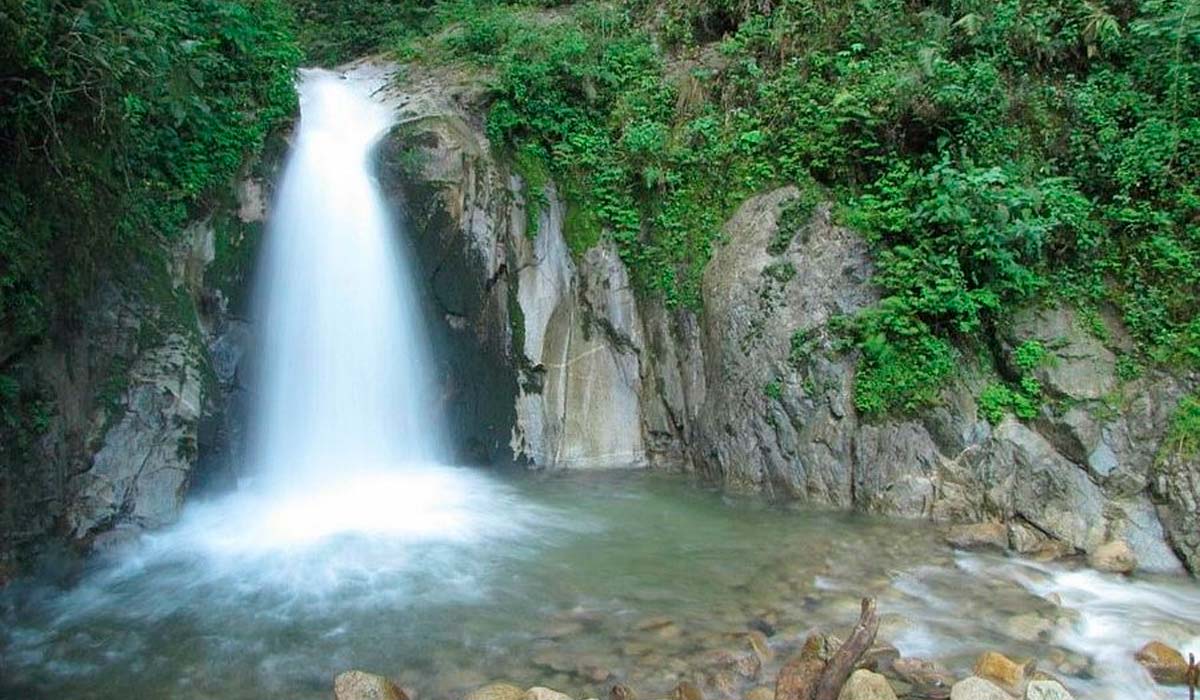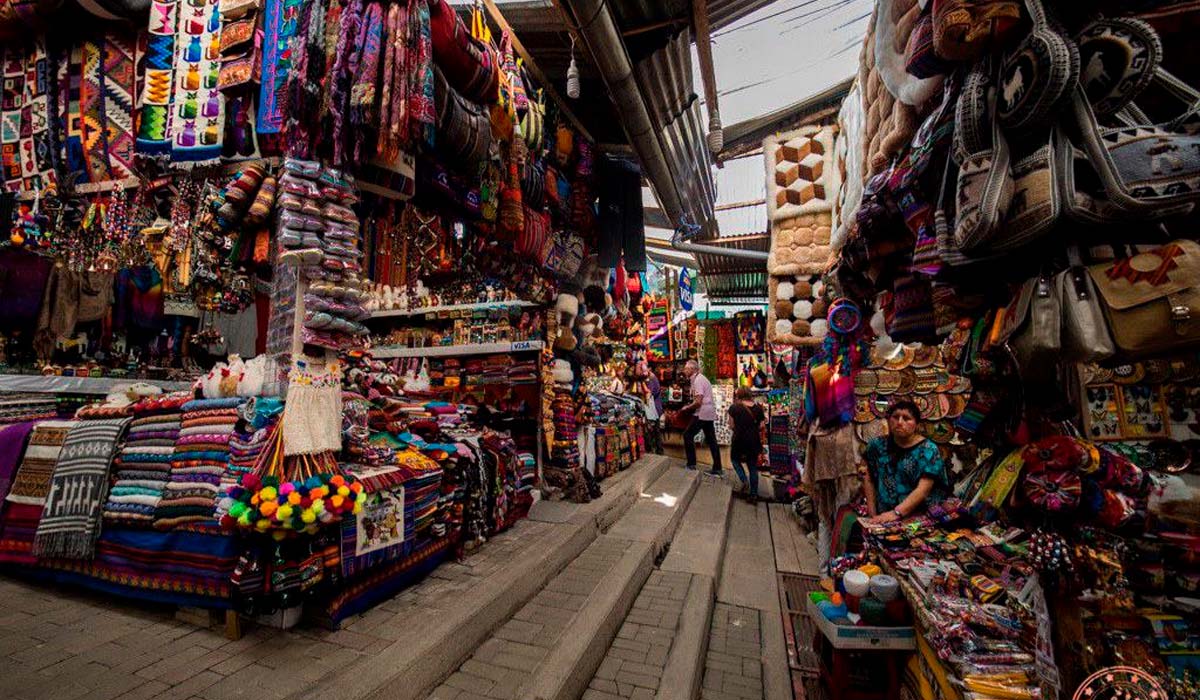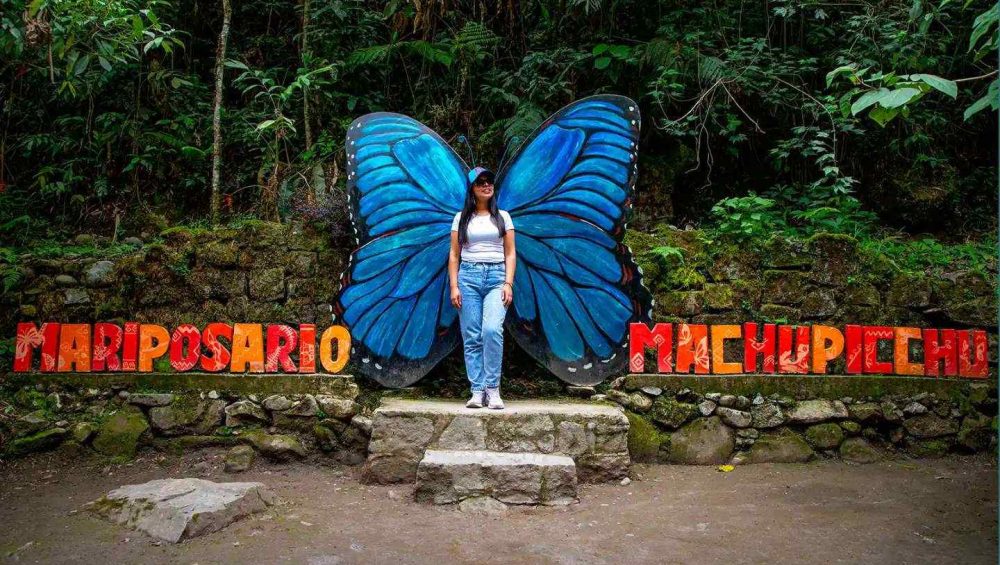Aguas Calientes Peru (Machu Picchu Pueblo) is the logistical center and the essential gateway for the great majority of visitors to the citadel of Machu Picchu. It works as the final destination of the train route from Ollantaytambo and the starting point for the bus ascent to the archaeological site.
Although most travelers use the town only as a transit place to spend the night before their visit, many itineraries (due to train schedules) leave several free hours. Despite its intense tourist focus, the town and its immediate surroundings offer several complementary activities for this waiting time.
These activities range from relaxation options, like the thermal baths that give the town its name, to cultural visits, like the Site Museum, and short hikes through the cloud forest, like the Mandor Gardens or the climb up Putucusí hill. This guide will detail the main Activities to do in Aguas Calientes for those looking to make the most of their time before or after the visit to the citadel.
What is Aguas Calientes like?
The layout of Aguas Calientes Peru is compact and easy to navigate, but it is defined by a very steep geography. The town is built in a narrow canyon, following the course of the Aguas Calientes River, which flows into the Vilcanota (Urubamba) River.
This geography creates a clear vertical axis that serves as orientation. The lower part of the town is where the train station and the artisan market are located. From this point, the town climbs steeply. The main avenues (Pachacutec and Hermanos Ayar) go up from the Vilcanota River towards the upper part of the town, which is where the thermal baths that give the place its name are found.

Facts about Aguas Calientes
Geography and Climate
- Location: Province of Urubamba, Cusco. Set in a jungle brow canyon.
- Altitude: 2,040 masl (6,692 feet).
- Climate: Mild and humid (cloud forest climate). Average temperatures range between 8°C and 24°C.
- Hydrography: The town is located at the junction of the Vilcanota (Urubamba), Alcamayo, and Aguas Calientes rivers.
- Surroundings: Surrounded by the Machu Picchu, Huayna Picchu, and Putucusi mountains.
Logistics and Access
- Distance from Cusco: 103 kilometers by railway.
- Access: It has no road connection with Cusco. The main access is by train (from Ollantaytambo or Cusco).
- Internal Transport: The town is pedestrian. The only vehicle transport allowed are the tourist buses that go up to the citadel of Machu Picchu.
Services and Attractions
- Population: 4,525 inhabitants (according to the 2017 census), although the floating population is larger.
- Infrastructure: High concentration of hotels (from budget hostels to 5-star services) and restaurants.
- Local Attractions: The Thermal Baths, the Mandor Gardens, the Manuel Chávez Ballón Site Museum and Putucusi Mountain.
What to do in Aguas Calientes?
Below are the main attractions and activities to do in the town and its surroundings, besides the visit to the citadel.
1) The Inca City of Machu Picchu
Machu Picchu is the main reason for the existence of Aguas Calientes and the biggest attraction in Peru. To get to the citadel from the town, there are two options:
- By Bus: It is the most common option. The trip takes approximately 30 minutes on the Hiram Bingham road.
- On Foot: It is a demanding hike of approximately 1.5 to 2 hours, going up a path of stone steps.
Inside the sanctuary, visitors can also choose the additional climbs to Huayna Picchu or Machu Picchu Mountain, which require separate tickets and offer panoramic views.

2) Putucusi Mountain
Putucusi Mountain (“Happy Mountain” in Quechua) is located at 2,560 masl and offers a unique side view of the citadel of Machu Picchu. However, this is a short but extremely difficult and dangerous hike, which includes a section of very high vertical stairs.
Important Fact: Access to the Putucusi trail is frequently closed and disabled by local authorities. The climbing structures (wooden ladders) have suffered damage from landslides and do not receive constant maintenance. It is not recommended to attempt this hike unless its opening and safety are officially verified in the town.

3) Hot Springs
The town owes its name to these natural hot water pools, which are a popular option to relax after a long hike or a visit to Machu Picchu. They are said to have healing properties for rheumatism.
- Location: In the highest part of the town, at the end of Avenida Hermanos Ayar.
- Hours: 5:00 a.m. to 7:30 p.m. (approx.).Cost (Foreigners): S/ 20 (approx. $6 USD).

4) Mándor Gardens and Waterfalls
This is a light hike and an ecological reserve located 1 hour on foot from Aguas Calientes (following the train line). The trail is surrounded by cloud forest vegetation, highlighting orchids, ferns, and a variety of birds and butterflies. The path ends at the “Mándor Waterfalls”, a waterfall of several meters.
- Cost: S/ 10 (approx. $3 USD) to enter the reserve.

5) Manuel Chávez Ballón Site Museum
This museum offers the archaeological and historical context of Machu Picchu. It exhibits ceramics, stone tools, textiles, and other artifacts discovered in the citadel during excavations. The museum is named after one of the first resident archaeologists of the site.
- Location: Hiram Bingham Road (approx. 20 minutes on foot from the town).
- Hours: 8:00 a.m. to 4:00 p.m. (approx.).
- Cost (Foreigners): S/ 22 (approx. $7 USD).

6) Aguas Calientes Craft Market
Located next to the train station, this market is the main shopping center for souvenirs. Visitors can find a great diversity of crafts, including alpaca clothing, paintings, sculptures, and jewelry. It is common for tourists to do their shopping here after their visit, before boarding the train back to Cusco. The prices are usually higher than in Cusco, so it is recommended to compare.

Restaurants and Food in Aguas Calientes
The food options in Aguas Calientes are almost entirely aimed at tourism and are very varied, with options ranging from luxury restaurants to cheap places. It is an excellent chance to try Peruvian food in the cloud forest (ceja de selva) setting.
In the mid-range and high-end restaurants (like El Indio Feliz or the Tinkuy Buffet at the Sanctuary Lodge hotel), you can find versions of iconic dishes like Lomo Saltado (stir-fry of meat, vegetables, and potatoes), Ají de Gallina (creamy yellow pepper with chicken) and, especially, la Trucha Frita (Fried Trout), a very popular local product from the Andean rivers.
For travelers on a tight budget, the cheapest option is the town’s Mercado de Abastos (Supply Market). On its second level, it has a food section that offers “menús del día” (set lunch with soup, main dish, and drink) at local prices, which are usually around S/ 8 to S/ 15 ($2 – $4 USD).
What else do you need to know about Aguas Calientes?
- Population vs. Visitor Flow: It is a small town, with a permanent population of approximately 4,500 inhabitants. However, its atmosphere is that of a very busy international tourist center, as it receives thousands of visitors daily who are in transit to Machu Picchu.
- The Importance of Booking in Advance: Planning is critical. Tickets to Machu Picchu, and especially the tickets that include Huayna Picchu mountain, must be booked months in advance (4-6 months for Huayna Picchu).
- Transport Logistics: Train tickets to Aguas Calientes Peru must also be bought weeks or months in advance, as the most convenient times sell out. Bus tickets to go up to Machu Picchu can be bought in the town, but it is recommended to do it the night before the visit to avoid the long lines in the early morning.
- The 1-Day vs. 2-Day Itinerary: It is important to define your itinerary. A 1-day trip from Cusco is very tight (leaving 4 a.m. and returning 9 p.m.) and leaves no free time to get to know Aguas Calientes; the town is just a passing point. A 2-day itinerary (staying overnight in the town) is the recommended option, as it allows you to visit Machu Picchu first thing in the morning and leaves time to enjoy the town’s activities, like the thermal baths or the Mandor Gardens.
How to Get to Aguas Calientes
There are three main ways to get to Aguas Calientes (Machu Picchu Pueblo), each with different logistics, cost, and type of experience.
1. By Train (Main Route)
This is the fastest, most comfortable, and most used option.
- Logistics: The service is operated by two companies (PeruRail and Inca Rail) that offer multiple daily frequencies. The most common and shortest route (approx. 1 hour and 45 minutes) leaves from the Ollantaytambo station, in the Sacred Valley. There are also less frequent services that leave from Cusco.
- Experience: The trip offers views of the Sacred Valley. There are different categories of service, from standard tourist trains to luxury services (like the Vistadome or the Belmond Hiram Bingham) that include meals and entertainment on board.
2. Hiking Routes (Adventure Routes)
This option involves a multi-day hike that ends with the visit to Machu Picchu.
- Logistics: You must hire an organized tour. The most popular routes are the Classic Inca Trail (which arrives via the Inti Punku) and the alternative hikes like the Salkantay Trek or the Lares Trek (which end in the town of Aguas Calientes for the visit the next day).
- Experience: It is an option of total immersion in nature and history, which requires considerable physical effort.
3. Alternative Route via Hidroeléctrica (Economic Route)
This is the cheapest option, popular with backpackers, but it requires much more time.
- Logistics: It involves a long trip by vehicle (approx. 6-7 hours) from Cusco to the “Hidroeléctrica” station. From that point, you must take a 2.5 to 3-hour hike on a flat path that follows the train line to Aguas Calientes.
- Experience: It is a route that allows you to save significant transportation costs, but it is less comfortable and requires a full day of travel.

